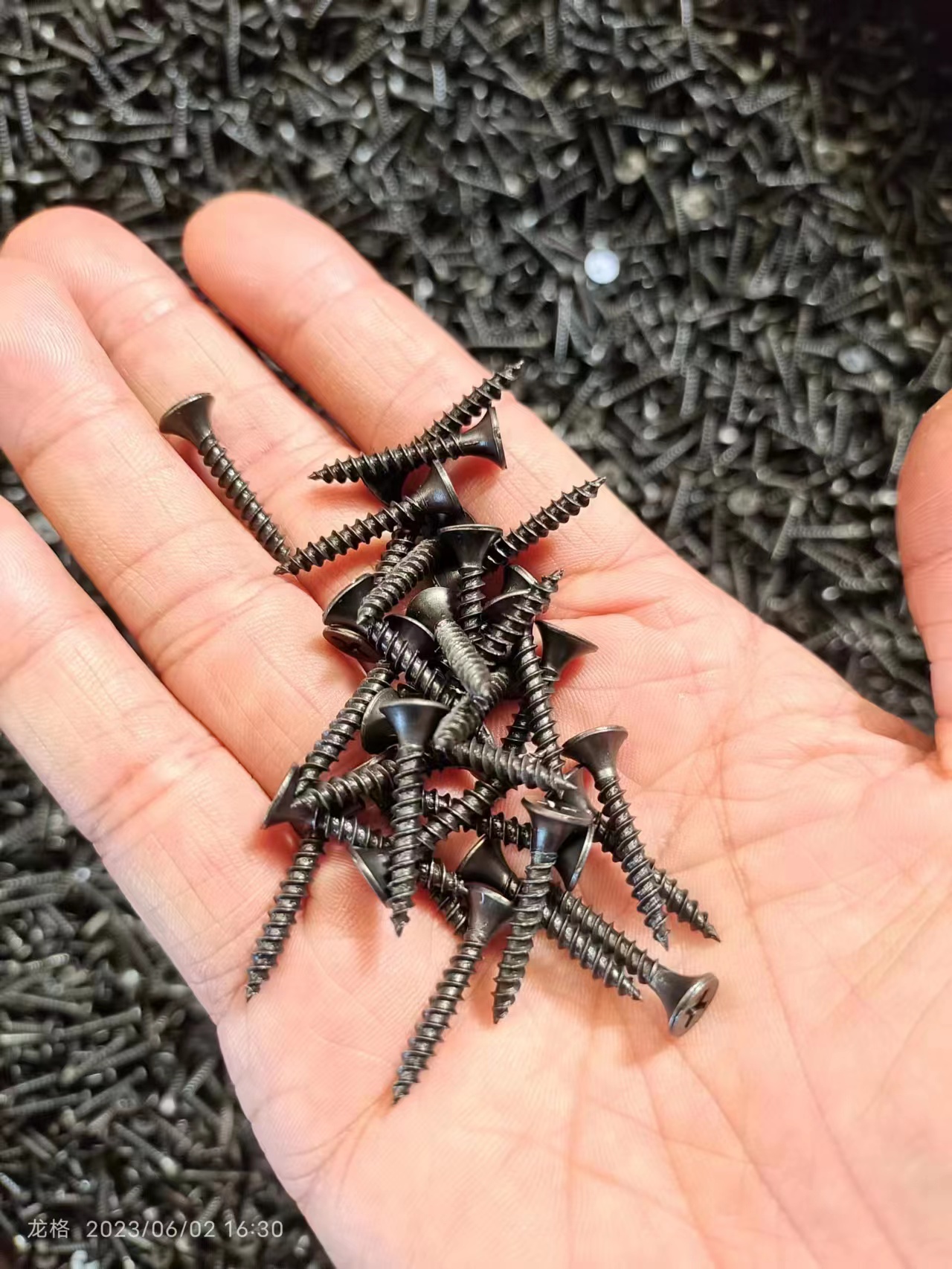Hex Head Self-Tapping Screw Size Guide and Services for Your Needs
Understanding Hex Head Self-Tapping Screw Sizes and Their Service
When it comes to fasteners in various industries, hex head self-tapping screws hold a unique position due to their versatility and ease of use. They are particularly favored for their ability to create their own threads in materials such as metal and plastic, eliminating the need for pre-drilled holes. Understanding the sizes of these screws and their specific applications is crucial for ensuring the right fit and optimal performance in any project.
What are Hex Head Self-Tapping Screws?
Hex head self-tapping screws are designed with a hexagonal head that allows them to be driven with a wrench or socket, offering a secure grip. The self-tapping feature means that these screws can cut into the material they are driven into, forming their own threads. This is especially useful in metal applications, where traditional screws would require pre-drilled holes, making installation quicker and more efficient.
Importance of Screw Size
Choosing the correct size of hex head self-tapping screw is vital for structural integrity and overall effectiveness. Sizes are generally classified based on their length, diameter, and thread count. Here’s a breakdown of what you need to consider when selecting the right size
1. Diameter This is the width of the screw and is usually measured in inches or millimeters. Common sizes range from 4 to 14 for standard applications, but larger diameters can be found for heavier-duty projects.
2. Length The length of the screw also affects its holding power. Screws are available in various lengths, and selecting one that's too short may not provide enough grip, while a screw that is too long may compromise the integrity of the material or structure you are fastening.
3. Thread Count The thread count refers to how many threads are present per inch. A higher thread count provides more holding power, making it suitable for tougher materials.
4. Material Hex head self-tapping screws come in different materials, including stainless steel, carbon steel, and aluminum. The choice of material can affect not only strength but also corrosion resistance.
hex head self tapping screw sizes service

Applications
Hex head self-tapping screws are employed in a wide range of environments. They are commonly used in
- Construction Securing steel and metal frames or sheet metal. - Automotive As critical components in assembling and repairing vehicles. - HVAC Fixing ducts and fittings. - Electronics Used within devices for heavy-duty applications.
Installation Tips
1. Pre-Drill When Necessary While self-tapping screws can create their own threads, in harder materials, it can be beneficial to pre-drill a pilot hole to minimize strain on the screw and ensure a more accurate fit.
2. Use the Right Tool A power drill with the appropriate hex bit will make installation much easier and more efficient.
3. Consider Torque Settings It’s essential to adjust the torque settings on your drill to prevent stripping the screw head or damaging the material.
4. Choose the Right Coating Coatings such as zinc or black oxide can provide additional corrosion resistance, especially in outdoor applications.
Conclusion
Understanding hex head self-tapping screw sizes and their applications is essential for anyone involved in construction, automotive repair, or other related fields. With a variety of sizes and materials available, making the right choice can improve the durability and reliability of your projects. Whether you are a DIY enthusiast or a professional tradesperson, being equipped with the knowledge of these screws will help you achieve the best results and enhance the efficiency of your work.
-
Top Choices for Plasterboard FixingNewsDec.26,2024
-
The Versatility of Specialty WashersNewsDec.26,2024
-
Secure Your ProjectsNewsDec.26,2024
-
Essential Screws for Chipboard Flooring ProjectsNewsDec.26,2024
-
Choosing the Right Drywall ScrewsNewsDec.26,2024
-
Black Phosphate Screws for Superior PerformanceNewsDec.26,2024
-
The Versatile Choice of Nylon Flat Washers for Your NeedsNewsDec.18,2024










